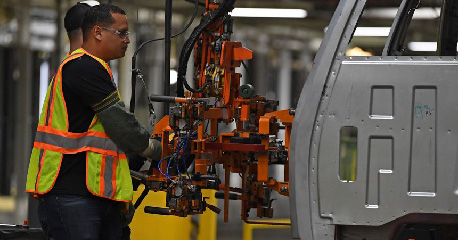![]()
Samples trial-produced using the developed core particle integration technology
Research teams from Tokyo Institute of Technology and AOI Electronics have developed a key technology for connecting multiple semiconductor chips with different functions and making them work as one chip. The integration density and electrical characteristics of the chip can be increased, and the yield can be improved. This technology is expected to be a method of improving semiconductor performance in the context of the limit of semiconductor miniaturization.
Semiconductors have evolved according to the "Moore's Law" of doubling performance in about 2 years for many years. The driving force is a miniaturization technology that reduces the size of transistors and the like to increase the level of integration.
The limits of this miniaturization are emerging. Apple's "iPhone 14" launched in September uses a 4-nanometer chip. There are only a few companies in the world such as TSMC and Samsung Electronics that can manufacture the most advanced semiconductors.
In this context, the "core particle" integration technology has attracted much attention as a new core technology. In this technology, instead of integrating all the constituent circuits of a semiconductor on a single chip, each element is manufactured individually as a small chip (die) and then combined. The core particles are electrically connected to make it work like one big chip.
If this method is adopted, circuits that require high computing power such as image processing can be manufactured using cutting-edge technology, and input and output circuits, etc., can be made using conventional technology. Compared with traditional methods that rely on miniaturization, it is more advantageous in terms of yield and cost.
The research team has developed a simpler technique than the original to form the connecting core particles. The silicon bridge (high-density wiring chip) connecting the dies and a plurality of dies are encapsulated with a molded resin. The core particles and silicon bridges are connected by tiny metal pillars called micropillars. Then, the core particle aggregate is connected to the outside by a slightly large metal column (high column) penetrating the molding resin.
In the past, an intermediate substrate called an "interposer" was mostly used for the connection between the cores. The mainstream of the interposer is a silicon substrate, but this substrate has problems in terms of electrical characteristics, positioning accuracy, and cost.
The technical advantage of this time is that the connection between the core particles or between the core particles and the outside can be realized with a minimum number of elements. The integration density of the core particles can be easily increased, or the electrical characteristics can be improved, and the positioning of the connection is easy. Another advantage is that it is possible to improve the high-frequency characteristics and heat dissipation performance of the wiring that electrically connects the die to the outside.

